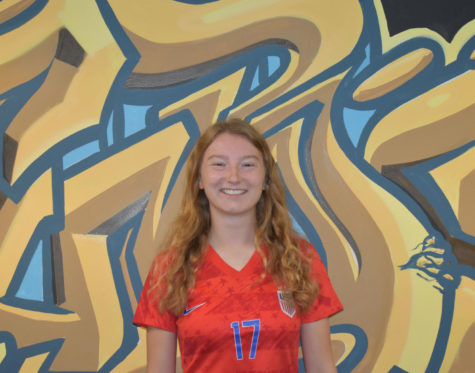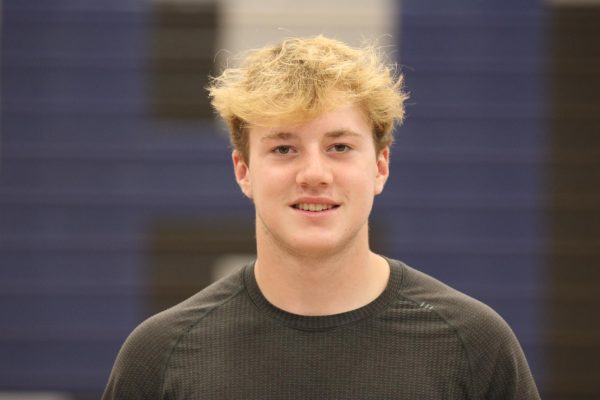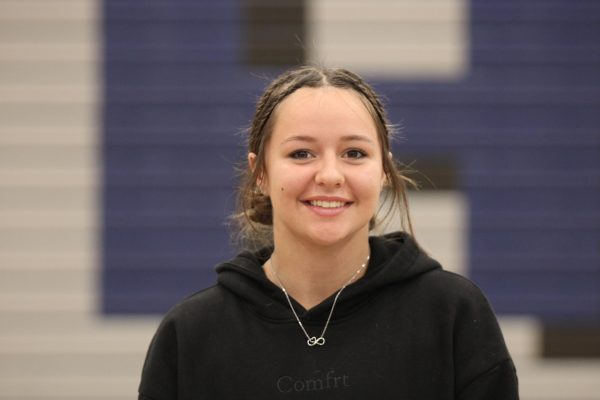OHS registration aims to prepare students for their futures
February 8, 2022
This year, all freshman, sophomore and junior students will be learning about the process of registration and completing their registration for the 2022-2023 school year in their Compass Advisement classes during the months of January and February in order to register by March. Each student will register for eight credits and six alternate courses during their compass registration time. In their four years, students need 4.5 language arts credits, four social studies credits, three science credits, three math credits, one physical education and health credit, one art credit and 11.5 elective credits in order to graduate with 28 credits and the required courses.
Registration in the students’ hands
The goal is for students to plan and register independently with the guidance of their Compass adviser, school counselors and parents. Assistant Principal Mr. Philip Wiken, who heads registration at OHS, said, “This year in Compass, we’re trying to use that time as a way to kind of scaffold or build understanding around what registration is so that students can do this a little bit more independently.” This independent approach for students’ registration is inspired by the registration process used by community colleges and universities. Most of these establishments use online registration where students decide what classes they will take. Students are responsible for checking what credits they need, knowing what classes are appropriate for future exploration and completing the registration guide. Parents can look at the registration materials provided and the Registration Guide to know what their students are experiencing in Compass. They are encouraged to talk with their students. If they have any questions, they can reach out to the counselors.
Online Registration Guide
After a successful virtual registration in 2021, administration has decided to keep the momentum in the digital direction. All registration materials are found online with easy access, especially the interactive Registration Guide. This guide is designed to assist students with planning and implementing a four-year secondary school course of study. Content information is expanded by the QR codes and digital resources created by administration. Icons help users identify courses that need further identification or explanation. These are classes with advanced placement status and college credit opportunities like AP, CLEP and College in School (CIS) classes. The guide also features the Core Curriculum gathered together and arranged by grade level. These are classes required for graduation. This section can be found on page 39 after the pathway features. Students are encouraged to explore the registration guide and take notes of classes that they want to take in future school years. Some classes recommend prerequisites. Planning ahead will help students save time later in their high school career.
Career Pathways
Introduced in 2020, the purpose of the Career Pathways is to connect education to careers. The Career Pathways include Engineering, Manufacturing and Agriculture, Health Sciences and Human Services and Business, Communications and Information Technologies. These pathways provide opportunities for students to learn about their future education and careers. They allow for exploration of their interests and begin to prepare them for further study, training or work opportunities within a career field. Mr. Wiken said, “The goal, as we continue to develop the pathways, is to allow students to kind of see themselves in a pathway. It’s about really trying to help students figure out what they want to do and like what they’re good at.” In the Registration Guide, all electives are listed in the pathways they best relate to. Each pathway is broken down into different areas of study.
This way, students can easily identify areas of study that can connect to career clusters. Mr. Wiken said, “We want them to start to explore it and see what they’re good at, so that when they’re making decisions about courses and colleges, and where they want to go in the future, that they don’t spend that time doing it in college where they are wasting time and money.” Students also get the opportunity to discover if the career cluster is one of their interests. If they like a certain cluster for their future career, students have the opportunity as juniors and seniors to earn college credit in high school.
Advanced Placement (AP), College Level Exam Proficiency (CLEP) and College in the Schools (CIS) courses help students gain knowledge and college credit while attending high school. This opportunity saves time and money. Students can also gain experience in careers through mentorships and internships. Students are encouraged to reach out to the counselors and the OHS Career Navigator Mr. Brian Coleman for these opportunities. There are two sessions about CIS, AP and CLEP courses offered at the high school on conference night Thursday, Feb. 17 at 5:30 p.m. and 6:30 p.m. in the Small Group Forum.
Incoming Freshman Registration
Current eighth grade students at Owatonna Middle School and St. Mary’s will also be registering for next year at school. The counselors from OHS visit OMS and SMS to inform and support students through their first high school registration. Administration has hosted informational Google Meets for incoming freshmen students and parents. The recorded meetings can be found here. OHS counselor Ms. Tami Langlois said, “The counselors will be going to the Middle School and St. Mary’s the week of March 7 to help during their health classes.” The registration experience for the eighth graders will be very similar to those currently in high school.
Advice for Students
Teachers and counselors advise students to look ahead in the Registration Guide and see what classes they may want to take next and the years to come. The Career Pathways are a great place to look for planning ahead. Ms. Langlois said, “In ninth grade, do some exploratory courses, maybe try an art course or maybe try a woods class. Take the time to explore some different opportunities.” Students have 11.5 credits of elective classes to explore different courses for their future. Senior Morgan Miller said, “I would advise underclassmen to get their generals out of the way so their junior and senior year they can have more options and flexibility in their schedule.” More specific registration information for students and parents can be found at the OHS Registration Support Site, under ‘Resources.’






